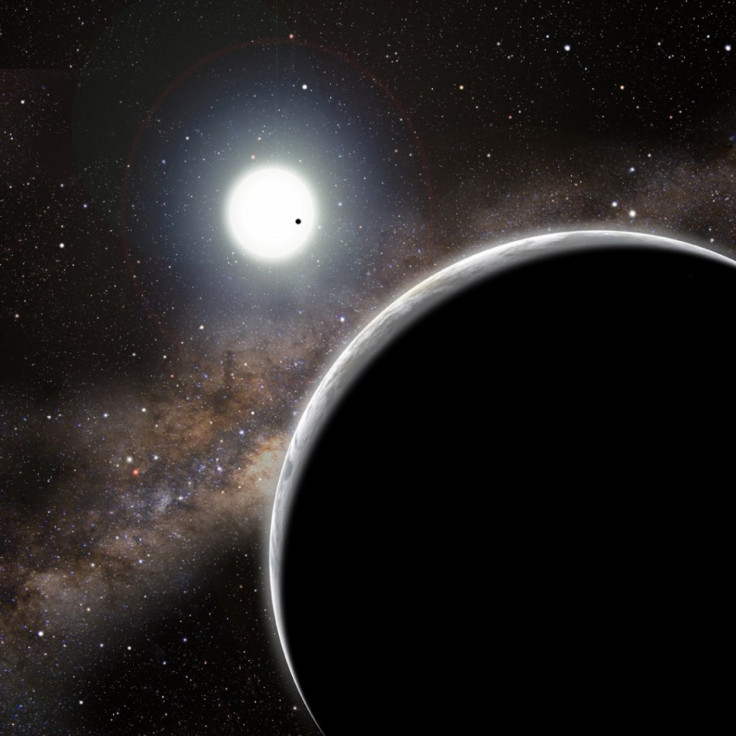Once 'Invisible' Planet Spotted By NASA's Eagle-Eyed Kepler [VIDEO]

Astronomers believe they have found an invisible planet, one that was never glimpsed before, revolving around its orbit in irregular intervals.
It was Nasa's Kepler spacecraft that spotted the planet. The planet alternately runs late and early in its orbit because a second, invisible world is tugging on it.
Kepler finds planets by looking for a star that slightly dims as a planet transits the star, passing across the star's face from our point of view.
Transits give one important piece of information and that's the planet's physical size. The greater the dip in light, the larger the planet relative to its star. However, the planet and star must line up exactly for the transit to be seen.
The planet named Kepler-19c that comes after Kepler-19b, truly cannot be seen, but somehow makes itself known by the way it influences other planets through force. Kepler-19b, transits its star every 9 days and 7 hours. It orbits the star at a distance of 8.4 million miles, where it is heated to a temperature of about 900 degrees Fahrenheit.
Kepler-19b has a diameter of 18,000 miles, making it slightly more than twice the size of Earth. The invisible planet has tugged at the Kepler-19b, slowing it down and then speeding it up in its transition.
It is the first definite detection of a previously unknown planet using this method, as scientists say no other technique could have found the unseen companion.
This invisible planet makes itself known by its influence on the planet we can see, said astronomer Sarah Ballard of the Harvard-Smithsonian Centre for Astrophysics (CfA). She is the lead author on the study. It's like having someone play a prank on you by ringing your doorbell and running away. You know someone was there, even if you don't see anyone when you get outside.
Astronomers say both the seen and unseen worlds orbit Sun-like star Kepler-19 located 650 light-years from Earth in the constellation Lyra.
At this point, astronomers don't know anything about the invisible world Kepler-19c, other than the fact that it exists. It weighs too little to gravitationally tug the star enough for them to measure its mass.
Kepler-19c has multiple personalities consistent with our data. said co-author Daniel Fabrycky of the University of California, Santa Cruz (UCSC). For instance, it could be a rocky planet on a circular 5-day orbit, or a gas-giant planet on an oblong 100-day orbit.
Scientists discovered the planet Neptune in a similar way.
Astronomers were tracking Uranus and noticed that its orbit didn't match predictions. They then realized that a more distant planet might be nudging Uranus and calculated the expected location using telescopes.
© Copyright IBTimes 2024. All rights reserved.





















